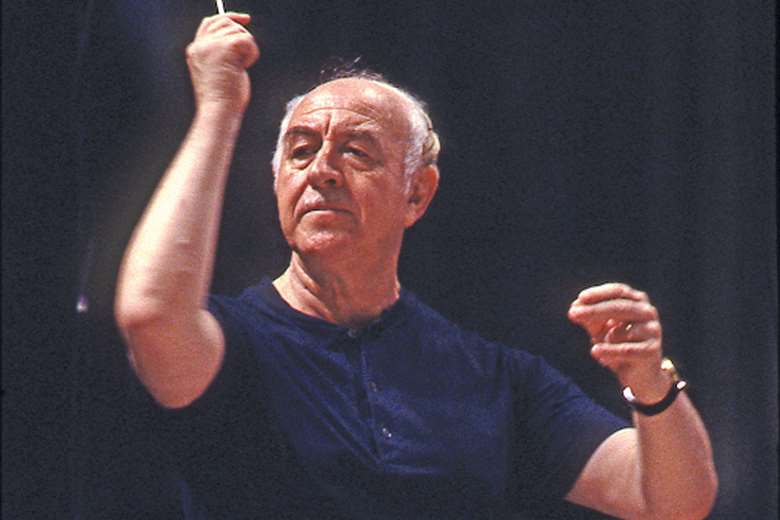Rudolf Barshai: a true Renaissance man of music
Tully Potter
Friday, January 24, 2025
Tully Potter remembers Rudolf Barshai, the brilliant Russian viola player, conductor and arranger – a true Renaissance man – who worked closely with and was a friend of Shostakovich

Register now to continue reading
Thanks for exploring the Gramophone website. Sign up for a free account today to enjoy the following benefits:
- Free access to 3 subscriber-only articles per month
- Unlimited access to our news, podcasts and awards pages
- Free weekly email newsletter








